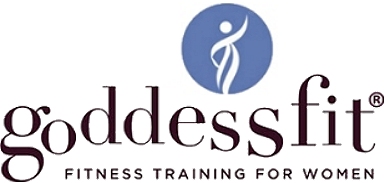Aging is inevitable, but it doesn’t mean we have to accept a decline in physical performance or give up on our fitness goals. In fact, as we hit the milestone of 50 and beyond, it becomes even more crucial to pay attention to the health and strength of our muscles. One aspect that deserves special attention is our fast twitch muscles.
Fast twitch muscles are responsible for explosive movements, quick bursts of power, and agility. They are essential for activities like sprinting, jumping, and weightlifting. While it’s natural for our muscle fibers to undergo changes as we age, neglecting fast twitch muscle training can lead to a loss of strength, power, and overall mobility. Therefore, it’s crucial to incorporate exercises that target these muscles into our fitness routine, even after 50.
Here are several reasons why working fast twitch muscles after 50 is important:
- Maintaining Independence: Fast twitch muscles play a significant role in functional movements, such as getting up from a chair, climbing stairs, or carrying groceries. By keeping these muscles strong and resilient, we can maintain our independence and perform daily activities with ease.
- Boosting Metabolism: As we age, our metabolism naturally slows down, making weight management more challenging. Fast twitch muscle training can help rev up our metabolism, as these muscles require more energy to function. This can contribute to maintaining a healthy weight and body composition.
- Preserving Bone Health: Fast twitch muscle training typically involves weight-bearing exercises, which have a positive impact on bone density. By engaging in activities that stress these muscles, such as resistance training or plyometrics, we can help preserve bone health and reduce the risk of osteoporosis and fractures.
- Enhancing Balance and Stability: Fast twitch muscle fibers also play a crucial role in balance and stability. As we age, falls become a significant concern, but by training these muscles, we can improve our reflexes and reaction time, reducing the likelihood of accidents and injuries.
- Reversing Muscle Loss: Sarcopenia, the age-related loss of muscle mass, affects both slow and fast twitch muscle fibers. However, the decline in fast twitch muscles tends to be more pronounced. By targeting these muscles through specific exercises, we can slow down muscle loss and potentially even reverse it to some extent.
So, how can you incorporate fast twitch muscle training into your fitness routine? Here are a few effective exercises to consider:
- High-intensity interval training (HIIT) workouts
- Plyometric exercises (jump squats, box jumps, burpees)
- Sprint intervals or speed training
- Resistance training with explosive movements (medicine ball throws, kettlebell swings)
- Agility drills (ladder drills, cone drills)
Embracing the importance of fast twitch muscle training after 50 opens up a world of possibilities for staying active, strong, and vibrant. So, let’s break the stereotypes of aging and unleash the power of our fast twitch muscles to live our best lives!

